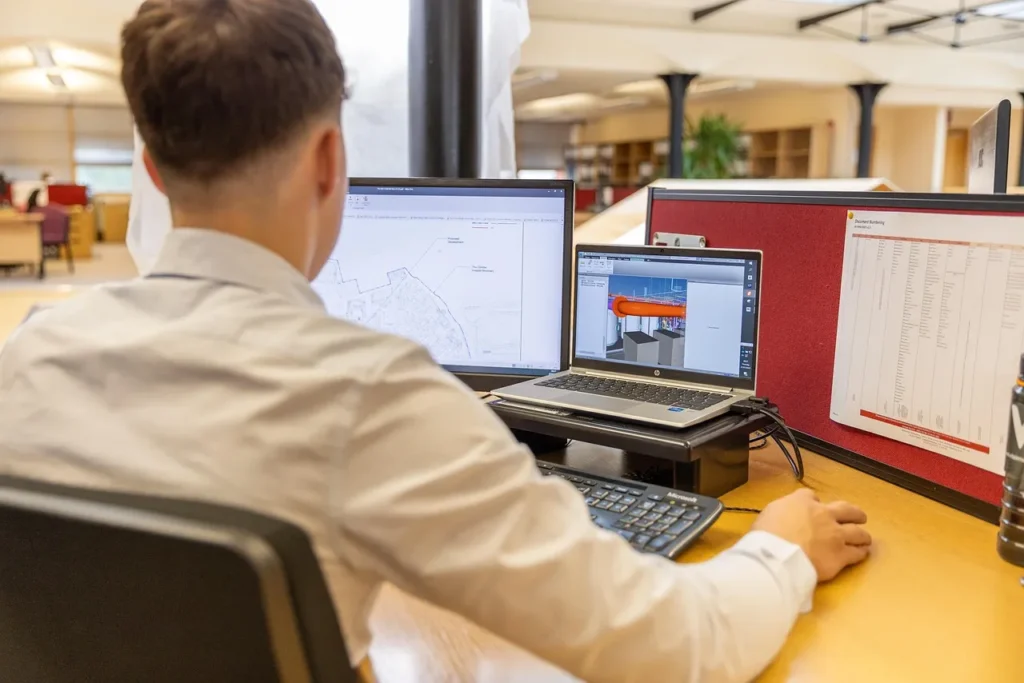How Are Organizations Navigating the Ethical Tightrope of Digital Employee Monitoring?
Introduction: The Surveillance Dilemma
As remote and hybrid work models dominate the modern workplace, employers increasingly rely on digital tools to track productivity, manage risk, and ensure compliance. But as these tools become more sophisticated, a growing ethical question looms: how much surveillance is too much?
Balancing oversight with employee trust and privacy is becoming one of the biggest challenges for companies across industries. From real-time communication monitoring to keystroke tracking, digital surveillance capabilities are evolving rapidly, as are the conversations about their acceptable use.
The Rise of Digital Oversight in Remote Work Culture

When the pandemic forced companies to pivot to remote work, many scrambled to implement systems to manage dispersed teams. Initially, tools like Zoom, Slack, and Teams helped bridge the communication gap. But over time, organizations layered in new systems that monitor everything from app usage and login activity to internal communications and behavioral patterns.
While these tools help managers maintain productivity and compliance, they also introduce unprecedented access levels into employees’ digital footprints. This shift is now prompting legal experts, HR leaders, and employees to question where the line should be drawn.
What Types of Employee Monitoring Are Being Used Today?
1. Productivity Monitoring Software
a. Tools like Hubstaff and Time Doctor track mouse movement, idle time, app usage, and screen captures. Their goal is ensuring employees focus on their tasks—but they often feel invasive.
2. Email and Chat Surveillance
a. AI-powered systems now analyze tone, keywords, and behavior patterns in workplace emails and chats to identify potential risks, policy violations, or toxic communication.
3. Keystroke Logging and Behavior Analysis
a. Some companies use tools that track not just what is typed, but how it’s typed—monitoring typing rhythm, speed, and pressure to build behavioral profiles.
4. Geo-Fencing and GPS Tracking
a. Especially common in field-based industries, these tools monitor where an employee is, not just what they’re doing—raising major privacy concerns.
Ethical Considerations and Employee Reactions
While legal in many jurisdictions (especially when disclosed in policies), digital surveillance raises ethical questions about autonomy and trust. Employees often feel devalued when their every move is watched or analyzed by algorithms. Companies that overreach risk alienating talent and damaging their reputation. Surveillance has sometimes led to burnout and attrition, as employees feel pressure to perform under constant scrutiny.
Conversely, transparency, consent, and purposeful monitoring can help bridge the trust gap. Organizations that communicate why they monitor and how data is used are more likely to maintain a positive culture.
The Regulatory Landscape: Where Are the Boundaries?
Global data privacy regulations are also catching up. The European Union’s GDPR and California’s CCPA both restrict how employee data is collected and processed. Newer policies even empower employees to request access to surveillance logs or opt out of certain types of tracking.
Forward-thinking companies proactively review their surveillance policies to ensure compliance and mitigate liability. As technology outpaces regulation, a risk-aware yet ethical approach is critical.
Striking the Balance: What Leaders Should Consider
1. Define Clear Objectives
a. Why is monitoring necessary? Is it for productivity, compliance, or security? Being clear on intent ensures systems are used responsibly.
2. Ensure Transparency
a. Let employees know exactly what’s being tracked and how the data is used. Hidden surveillance breeds distrust.
3. Use Anonymized and Aggregated Data
a. Where possible, analyze trends instead of targeting individuals. This respects privacy while still gathering insights.
4. Prioritize Consent and Opt-In Options
a. Especially in jurisdictions with strict data laws, employee consent should be prioritized—ideally through clear, upfront policies.
5. Regularly Review Monitoring Tools
a. As business needs change, so should surveillance protocols. An annual audit can help ensure tools remain compliant, ethical, and effective.
Conclusion: Navigating the Future of Work Responsibly
Surveillance in the workplace is no longer confined to physical spaces. As digital workflows dominate, organizations must evolve their oversight strategies in ways that protect both business interests and human dignity. The key is balance—leveraging technology for visibility without undermining trust. In this evolving landscape, companies are increasingly turning to platforms offering e communication surveillance monitoring capabilities—not just to observe, but to understand and support their workforce more responsibly.




